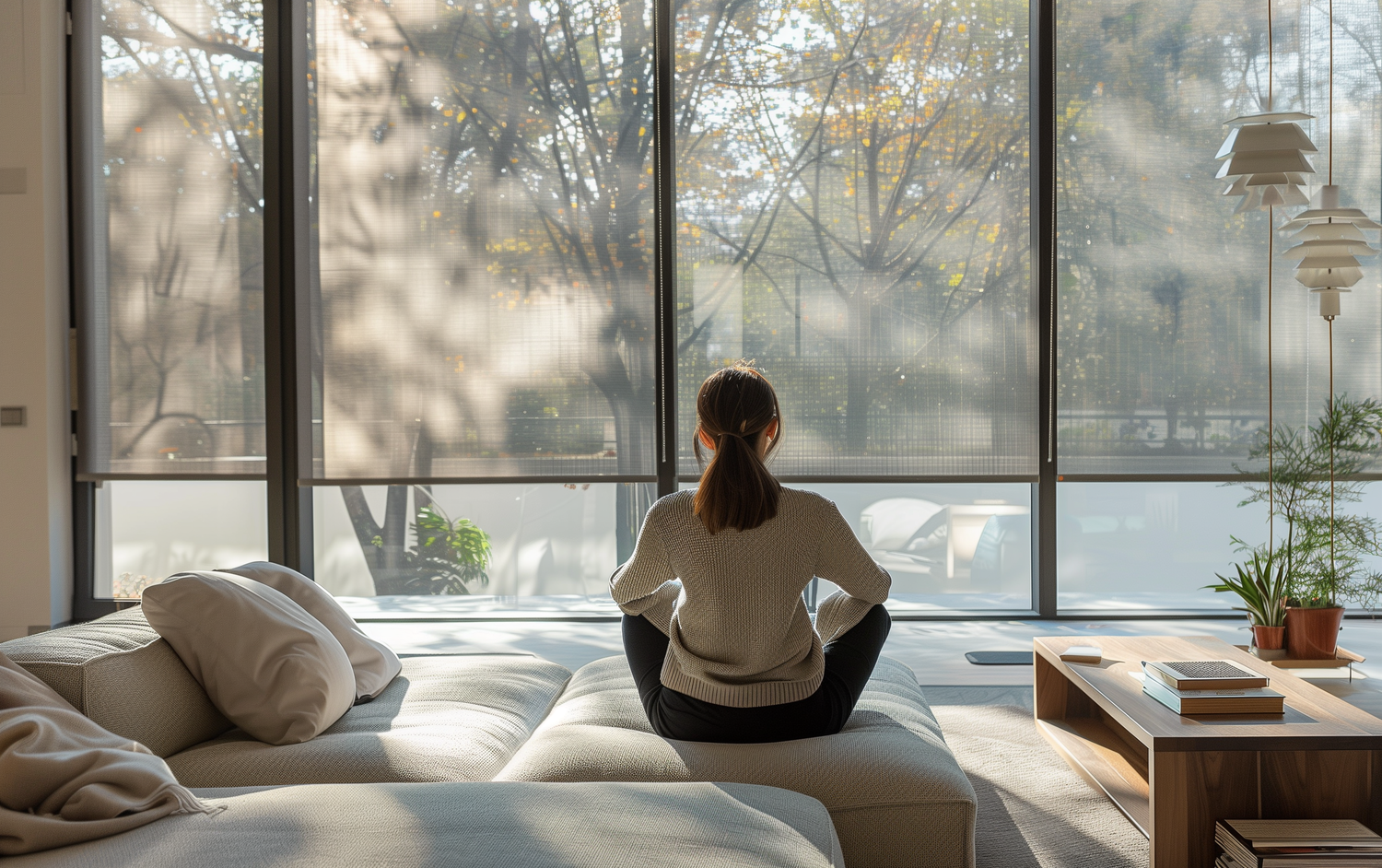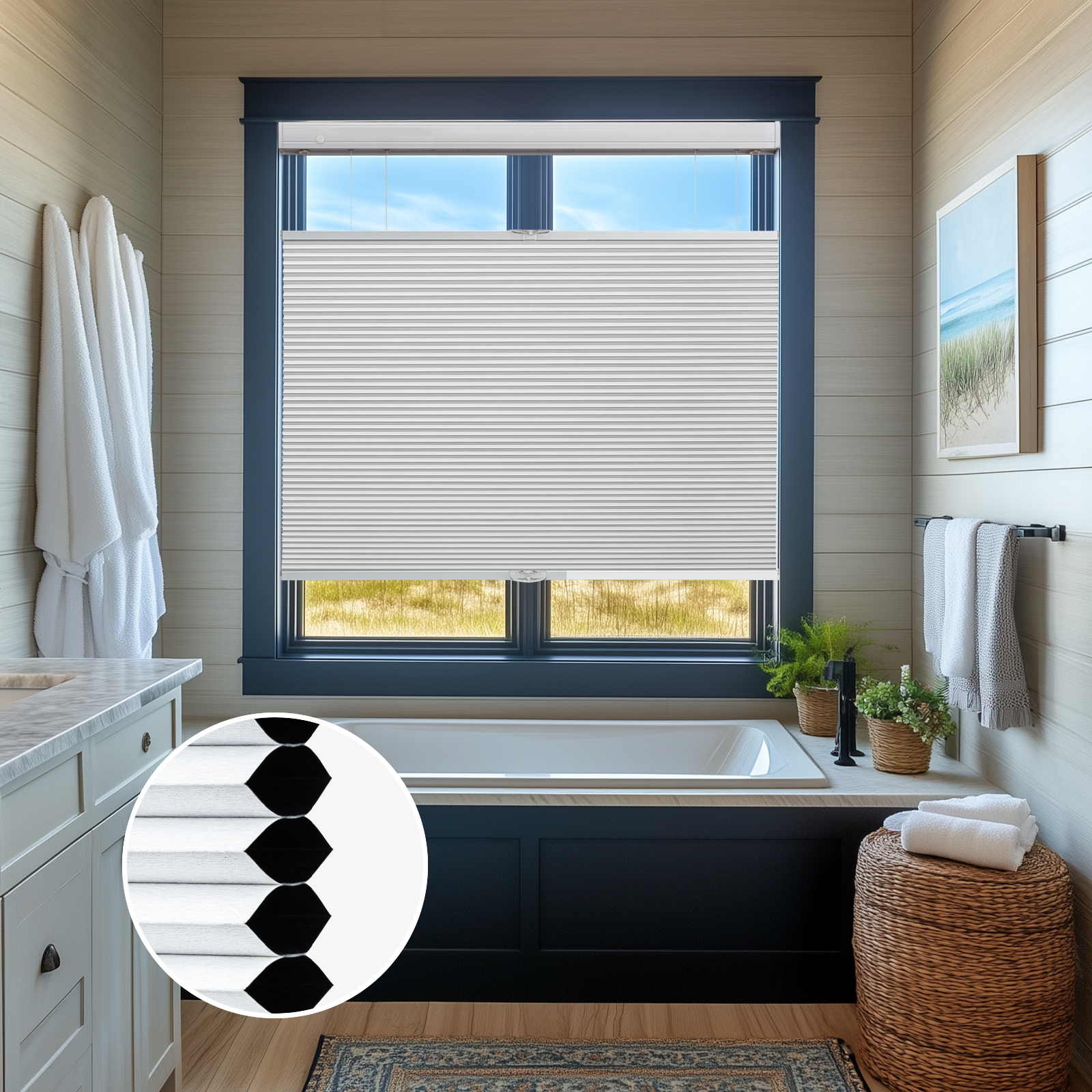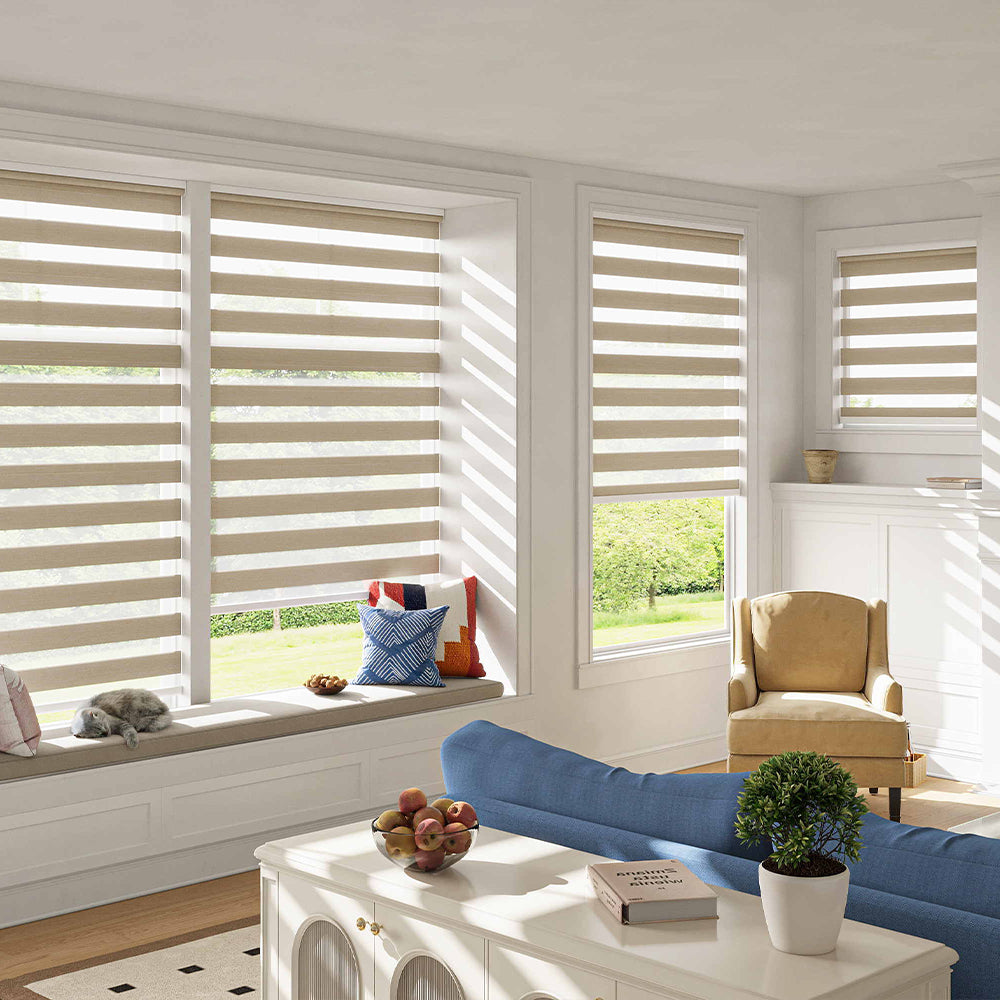The idea of having a fully automated home sounds fantastic—lights that turn on when you walk in, blinds that adjust based on sunlight, and appliances that communicate with each other. But many homeowners assume that building a smart home requires a huge investment. The truth? You don't need to spend thousands to enjoy the benefits of home automation. With the right approach, you can upgrade your home step by step without breaking the bank. Here's how to do it.
1. Start with the Essentials
Instead of splurging on an entire system, prioritize the smart devices that will make the biggest impact. Ask yourself: What part of my home would benefit most from automation? Here are some budget-friendly essentials to consider:
Smart Plugs ($10-$30 each) - Turn any regular device into a smart one by controlling it remotely with an app.
Smart Bulbs ($15-$50 per bulb) - Energy-efficient and customizable, allowing you to set schedules or change lighting with your phone.
Smart Thermostat ($100-$250) - Reduces energy costs by learning your schedule and adjusting temperatures automatically.
Smart Locks ($100-$200) - Adds convenience and security, allowing you to lock/unlock doors remotely.
2. Use No-Drill Smart Shades
Window treatments play a big role in home comfort and energy efficiency, but motorized shades can be expensive—unless you choose no-drill smart shades. These are affordable, renter-friendly, and easy to install. Brands like Keego Blinds offer options that work with Alexa and Google Assistant, so you can control them with voice commands.
3. Look for Smart Home Bundles
Many brands offer starter kits that let you automate multiple functions at once. For example:
Smart lighting starter kits often include multiple bulbs and a hub at a lower price than buying separately.
Smart security bundles come with cameras, motion sensors, and door sensors in one package.
Buying bundled deals can save you 20-30% compared to purchasing individual devices.
4. Use DIY Installation to Save Money
One of the biggest costs of home automation is installation, but many smart home devices are DIY-friendly. Instead of hiring professionals, opt for devices that:
Use peel-and-stick mounting or plug-and-play setups.
Connect easily through WiFi or Bluetooth instead of requiring hardwiring.
Offer simple app-based controls that don't need extra equipment.
5. Automate Your Home with Free or Low-Cost Apps
A lot of home automation happens through smartphone apps, meaning you don't need an expensive hub. Some of the best apps for budget-friendly smart homes include:
Google Home or Alexa (for controlling multiple devices in one place)
SmartThings (for integrating different brands)
IFTTT (If This, Then That) (for creating automation routines without extra costs)
Many smart devices also work on WiFi or Bluetooth alone, so you don't need to invest in a hub unless you want full-house integration.
6. Buy Second-Hand or Look for Deals
If you're on a tight budget, consider:
Buying second-hand smart home gadgets from reputable sites like eBay or certified refurbished stores.
Checking for holiday deals on platforms like Amazon Prime Day, Black Friday, or manufacturer discounts.
Using price trackers like Honey or CamelCamelCamel to find the best time to buy.
7. Expand Over Time
You don't have to build your smart home all at once. Start small and upgrade gradually based on your needs. Once you have basic automation, you can slowly add:
Voice assistants (Alexa, Google Home)
Security cameras
Advanced smart sensors
Whole-home integrations
Final Thoughts
Building a smart home doesn't have to cost a fortune. By focusing on the most impactful upgrades, choosing DIY-friendly devices, and looking for deals, you can create a high-tech home on a budget. Whether you start with smart plugs, affordable motorized shades, or simple lighting automation, every step brings you closer to a more convenient and energy-efficient home.




Leave a comment
All comments are moderated before being published.
This site is protected by hCaptcha and the hCaptcha Privacy Policy and Terms of Service apply.